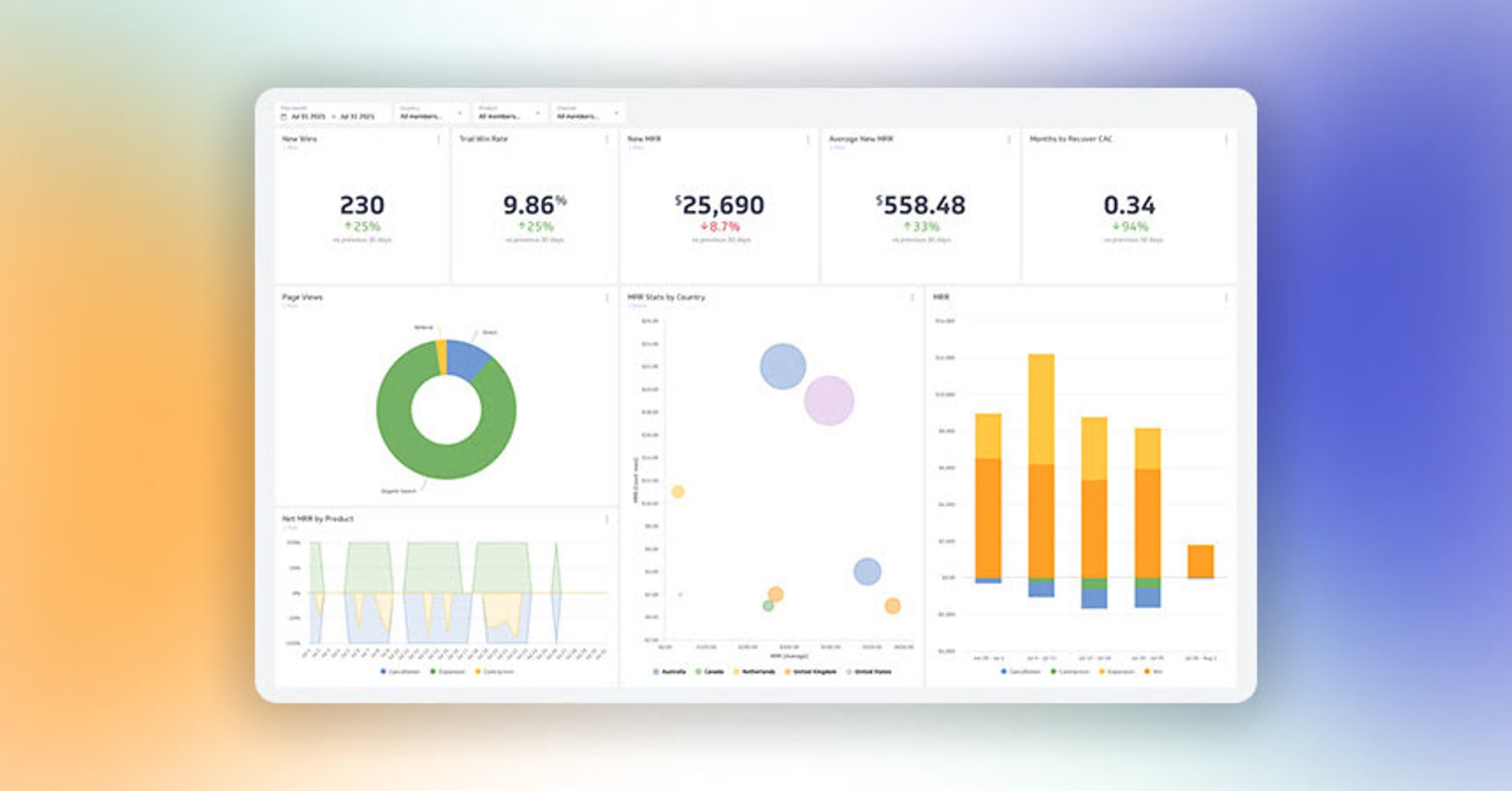How to set your own personal KPIs

Published 2023-11-27
Summary - Personal KPIs come in many forms. Learn how to set your own personal KPIs, plus a few recommended resources that may help get you started.
When Greg Clarke, the founder of Memair, reached out to my colleagues, he pitched them a unique take on data monitoring called Quantified Self. Inspired by curiosity, Greg started tracking anything and everything related to himself, whether it was time spent on social media or level of activities, and came to the realization that others in the Ottawa community might be doing - or interested in doing - the same.
Greg started chatting and sharing techniques and experiences with the local community, including Klipfolio, about interests such as: Quantified Self, Life-Logging, Extended Mind and Extended Cognition.
As a running enthusiast, this naturally piqued my interest. Then, the idea of using Klipfolio to track my own personal KPIs was interesting, and oddly something I hadn’t given much thought to before.
Working in a data-obsessed industry (analytics & business intelligence), it’s not hard to imagine folks tallying up their own personal KPIs - especially with the broad scope of technologies and software available to us.
After all, if you take great pride in your work you are likely in constant pursuit of trying to do as Cal Newport wrote in Deep Work:
"Wringing every last drop of value out of your current intellectual capacity.”
So there's no doubt that in the sum of all the business optimizations there’s a nugget of truth in this:
We all want more value out of our personal lives.
It’s why we try to exercise regularly, eat healthy, make sure we get enough sleep, and even carve out some time to unwind and meditate. These things, among many others, are our attempts to optimize our own lives.
How to set your own personal KPIs

Remember this one thing about KPIs and you’ll be set: KPIs are guideposts designed to illuminate your path and keep your end goal in perspective.
KPIs in business are typically tied to financial objectives and business outcomes. For example, if you want to increase revenue you'll take your current position and use KPIs to plot your way forward.
Smart KPIs don’t require giant leaps to achieve; they focus on small, achievable steps that keep your goal in sight and keep your team motivated.
In setting your own personal KPIs, it's important to consider your end goal and then ask yourself:
What do I need today to start on this path?
If your goal is to wake up every morning at 5AM, but today you struggle to get out of bed by 7AM, it’s a bad idea to just switch your alarm clock. I bet you’ll get better results by moving your alarm back 15 minutes every week for a couple months.
Again, it's about the guideposts. They are critical for sustainability.
When setting personal KPIs, I recommend using the SMART criteria. SMART stands for specific, measureable, attainable, relevant, and time-bound.
- Is your objective Specific?
- Can you Measure progress towards that goal?
- Is the goal realistically Attainable?
- How Relevant is the goal to your life?
- What is the Time-Frame for achieving this goal?
How to measure your personal KPIs
Between wearable technology and apps, I suspect you already have access to all the tools you need to track progress on your personal KPIs—whether it be for improving your spending habits or your sleeping habits. In fact, this class of technology is already keen to incent you to achieve your goals.
As this list could be endless, let's look at a few tools for setting fitness and focus KPIs.
Setting your own personal KPIs around fitness
Fitbit Coach for Fitbit

Wearable technology turns into something of an addiction. Join a Fitbit walking group, and tell me you don’t feel compelled to go for a walk. Regardless of whether you own a Fitbit, you can take full advantage of a library full of short video workouts in the Fitbit Coach app. This app is great because not only can the workouts be completed anytime, anywhere, real people demonstrate the exercises, so you can be rest assured that you are getting the most out of every exercise you do.
PS. You won’t find industry icons like Rand Fishkin without a trusty Fitbit on, not to mention a story about how it’s changed his life.
Nike Training Club for Apple Watch
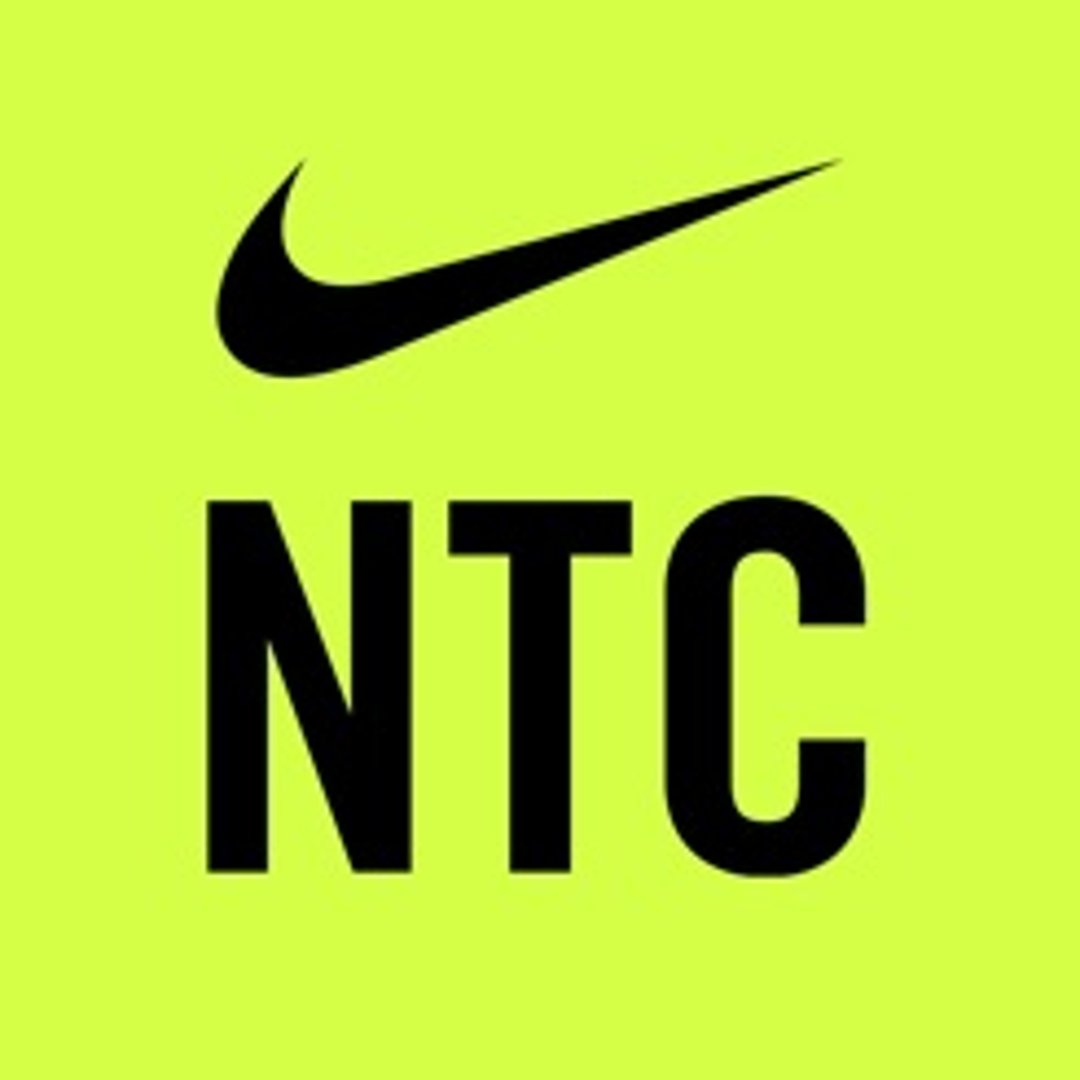
Whether you’re new to working out or have been working out forever, the Nike Training Club app has been recently added to the list of apps compatible with the Apple Watch - the newest wearable tech that fitness fanatics want to get their hands on. The app has been around for years, so there is already a robust library of 180+ exercises to help you get your sweat on. The nice thing about Nike is that they offer different apps depending on the type of exercise you prefer.
For example, are you a runner? Nike Run Club lets you log your goals, record your best running times, and see how you stand up to your friends’ miles. And there’s also Training Club that offers a combination of bodyweight and strength workouts This means you can complete these workouts at the gym, at home, or even in your backyard! Personalized training plans allow you to specify your own routine and goals, so you can tailor each workout to exactly how your feeling that day.
MyFitnessPal
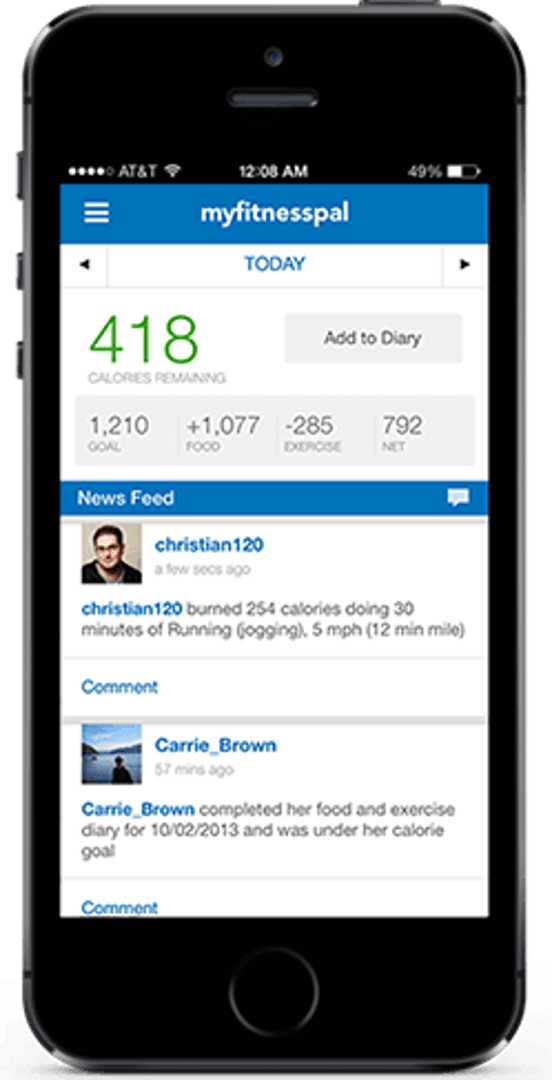
Health apps like MyFitnessPal give regular Joe users like myself the ability to track nutrition and calories without a degree in health sciences. Communities like Reddit’s r/loseit are turning tracked stats into rallying calls and inspirational stories to keep us all going.
Charity Miles

Charity miles is really cool. The app allows you to give back while you workout. A win-win. Log miles by running, walking, or cycling and choose where to donate money to the organization of your choice. Where does the money come from? Corporate sponsors agree to donate a few cents for every mile you log, or, you can invite your friends and family to sponsor you as you log miles. Like I said, cool.
The Official 7 Minute Workout
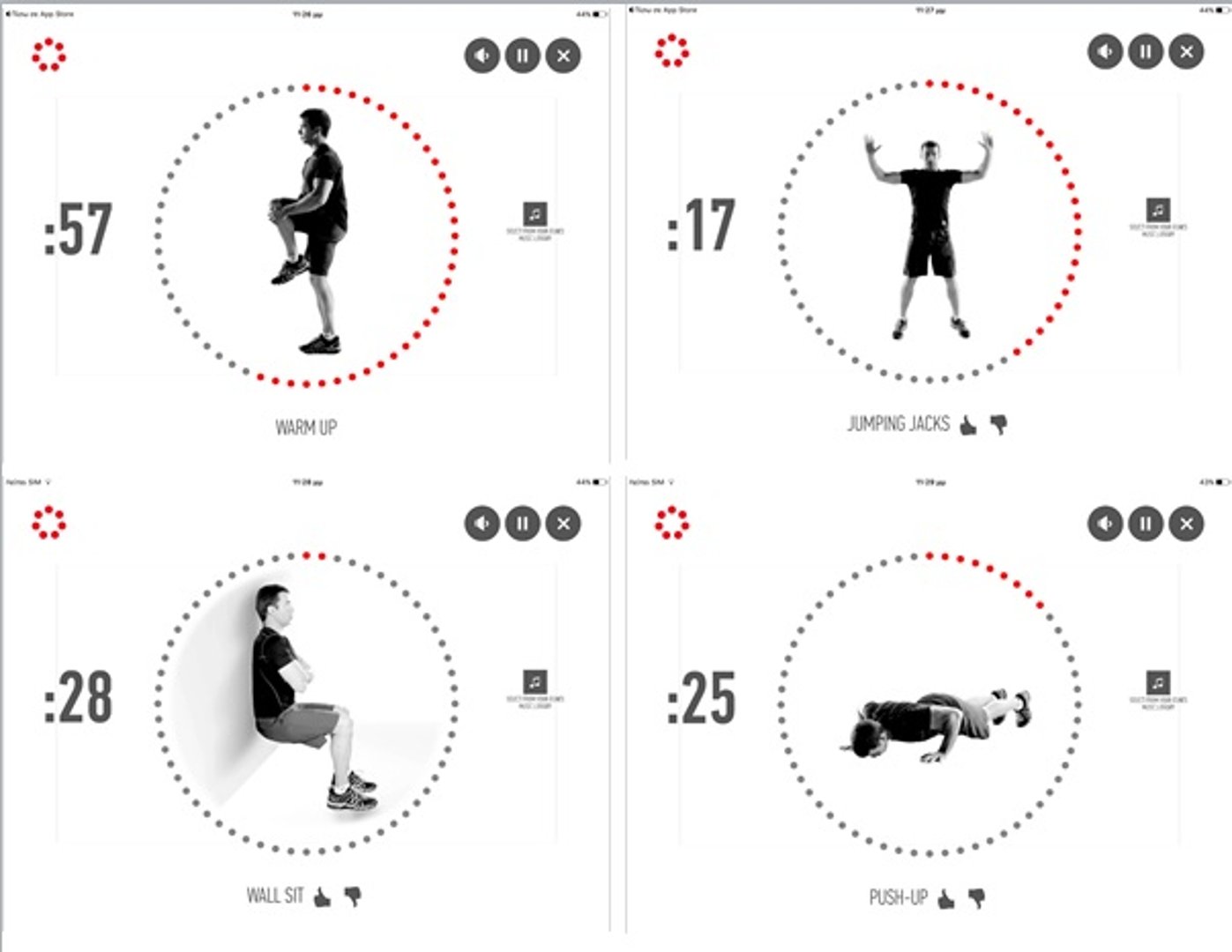
This app by the well-known Johnson & Johnson offers circuit training workouts at an intensity level right for you. The workouts require just a chair to do and take only 7 minutes! Everyone has 7 minutes right? Similar to other fitness apps, audio and visual cues tell you when to start and stop each exercise, and helpful video demonstrations are included too. You also have the opportunity to create your own custom workouts by selecting and combining your favourite exercises.
Strava
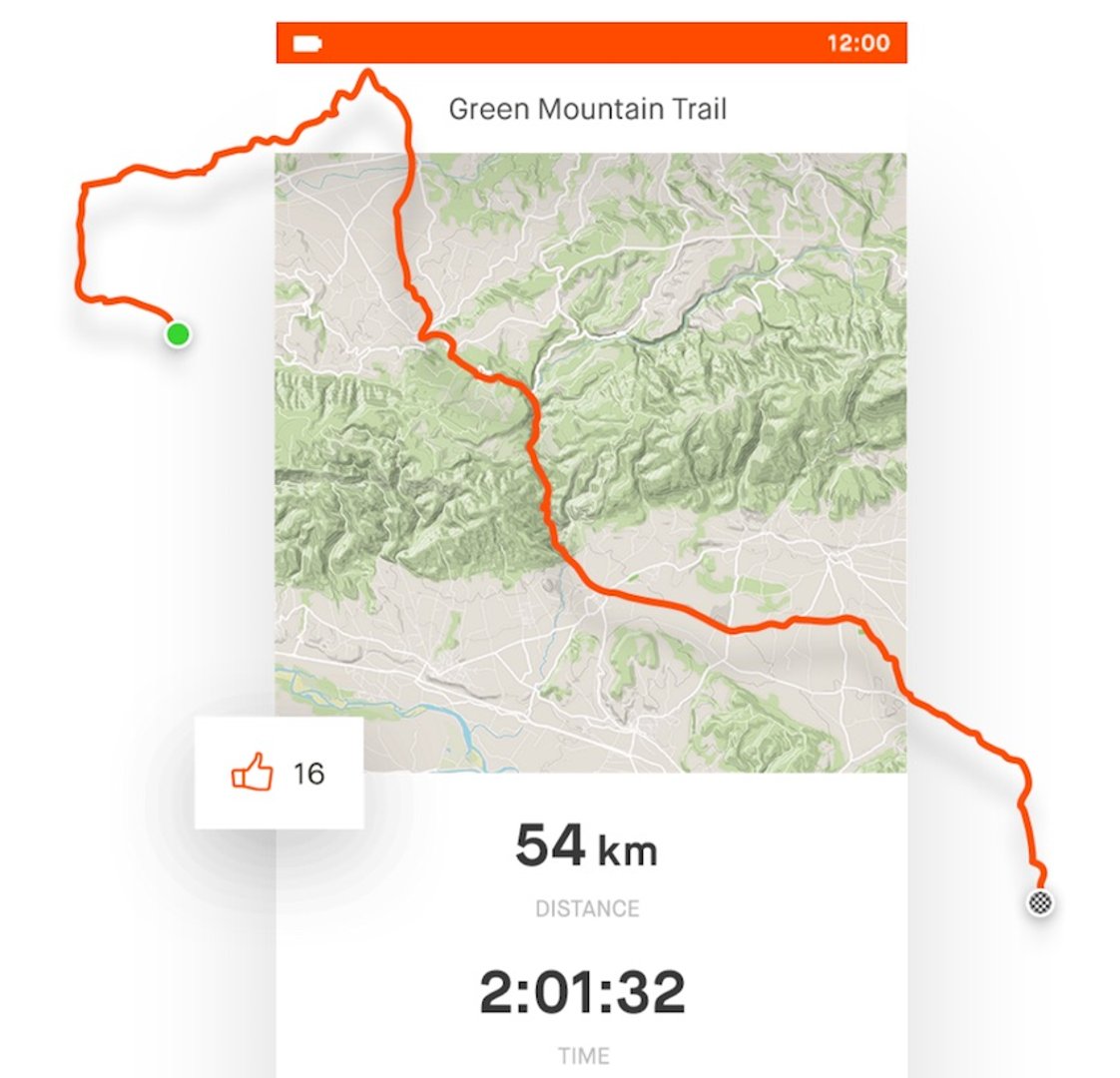
In an office full of cycling junkies, it’s hard to talk about cycling without giving a nod to Strava. I admit I’ve never used it for cycling, but do use it for running. Again, Strava allows you to track your performance over time and benchmark to your previous best. Its ability to save routes and compare your run times is a huge motivator to achieve your personal fitness KPIs.
Strava allows for friendly competition whether it be against your own personal running, cycling, or swimming records of those in the Strava community. How does it track these records? Strava uses GPS from your phone to track where and how fast you are travelling.
Setting your own personal KPIs around focus
Pomodoro Technique
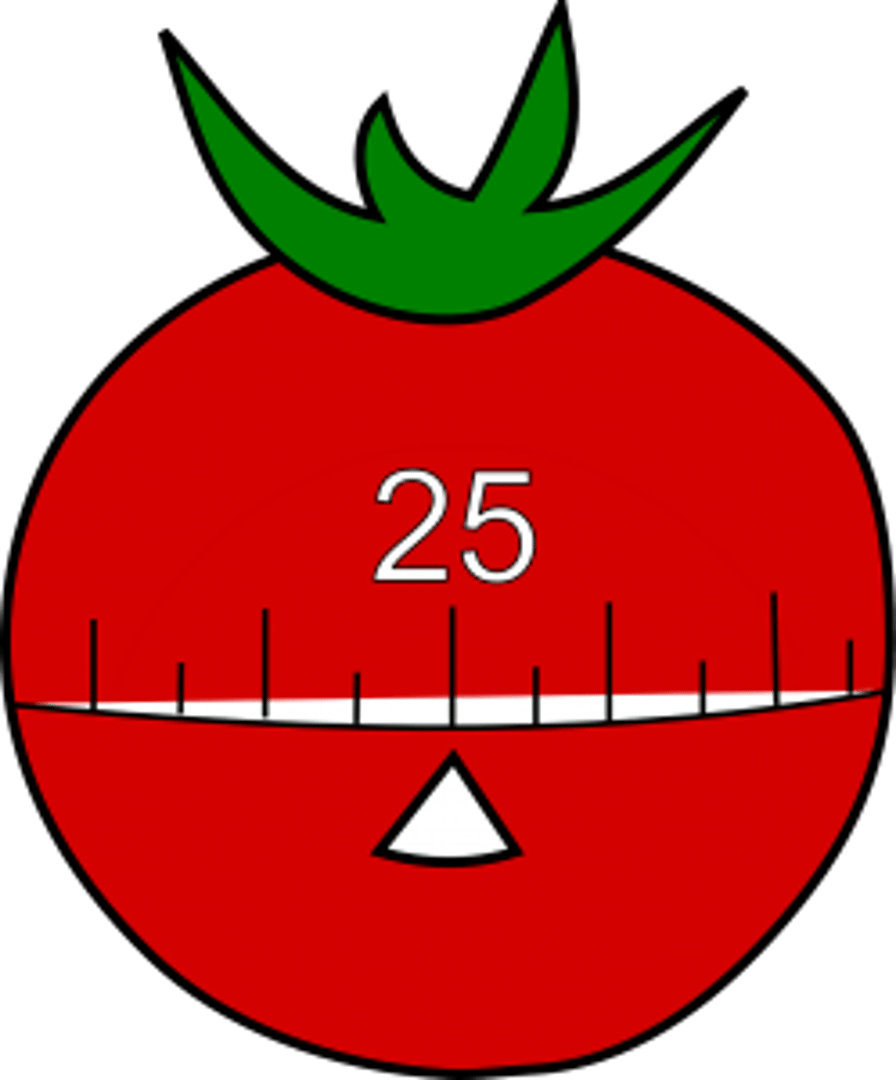
The Pomodoro Technique is a time management strategy where you focus for 25 minutes and are then rewarded with a 5 minute break. This technique (named after Tomato) was developed in the late 1980s by Francesco Cirillo and was originally using a tomato-shaped kitchen timer.
Many will use this technique in more advanced forms by grouping consecutive pomodoros and then taking a longer break after. This technique works well for writing, studying, researching, the list goes on! If you’re a Mac user and want to try out the Pomodoro Technique, check these apps out. If you’re a Windows or Android user, check these ones out.
Insight Timer
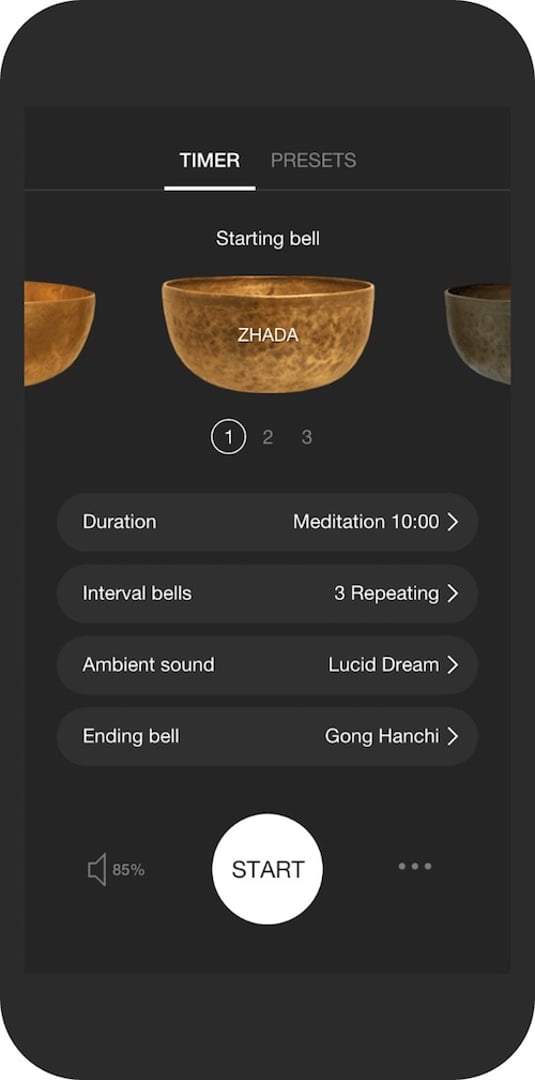
Insight Timer is used by more than 2 million meditators, making it perhaps the world's most widely used meditation app. The app has many of the most experienced mindfulness teachers on it, and allows users the freedom to pick and choose depending on how long you have to practice, what style they’d like, or just allow them to set a timer and sit without guidance. What I like: Insight Time starts you simply, tracks your streak starting at 10 days, and is surprisingly social despite the personal nature of meditation.
Panda
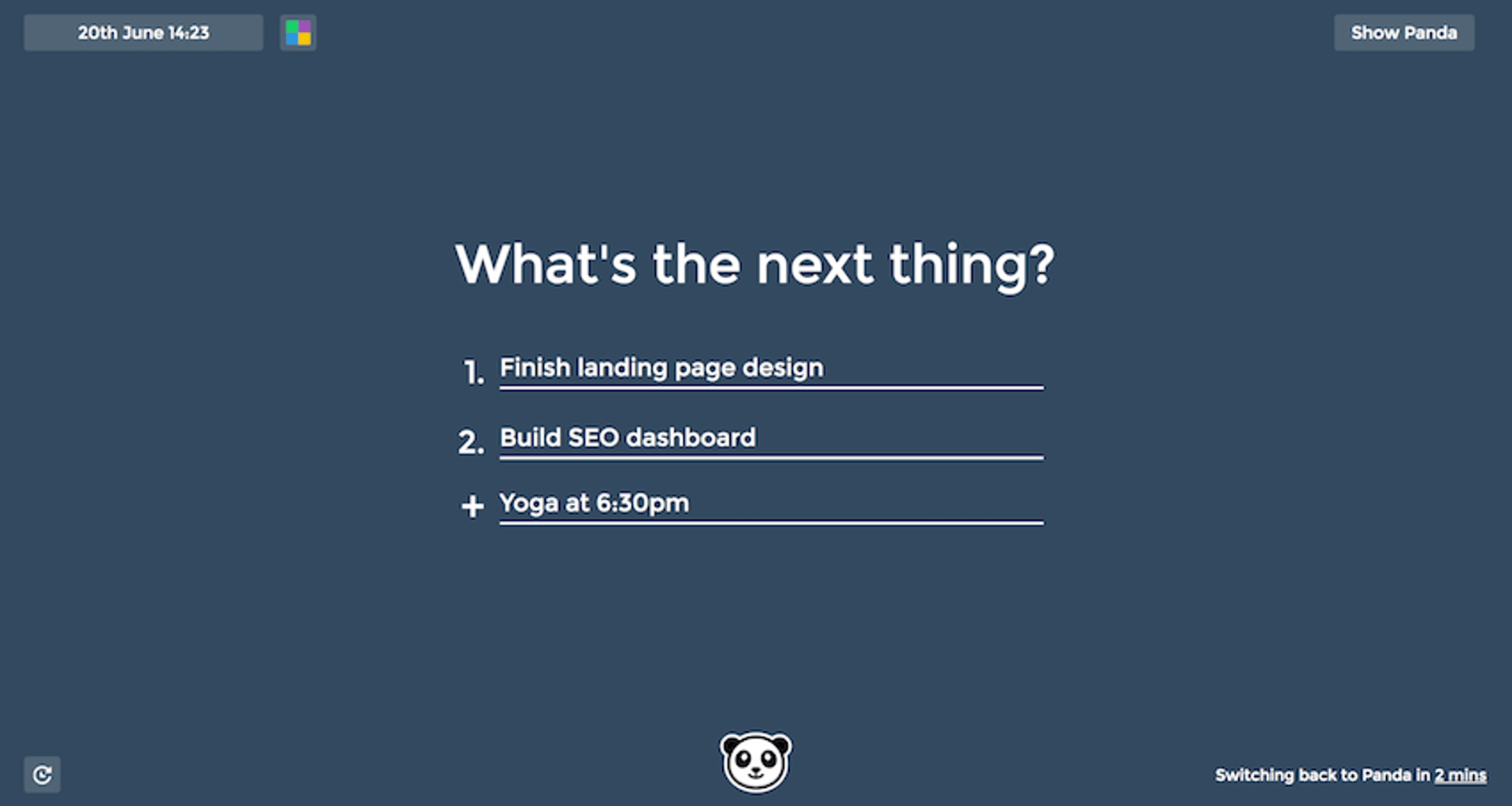
Panda is a sweet little extension that, in regards to our discussion here, offers "Focus Mode." This allows you to set a to-do list, and make that to-do list open when you open a new tab.
This can serve as a reminder to help you stay focused on what matters most (and think twice before opening up Reddit).
Momentum
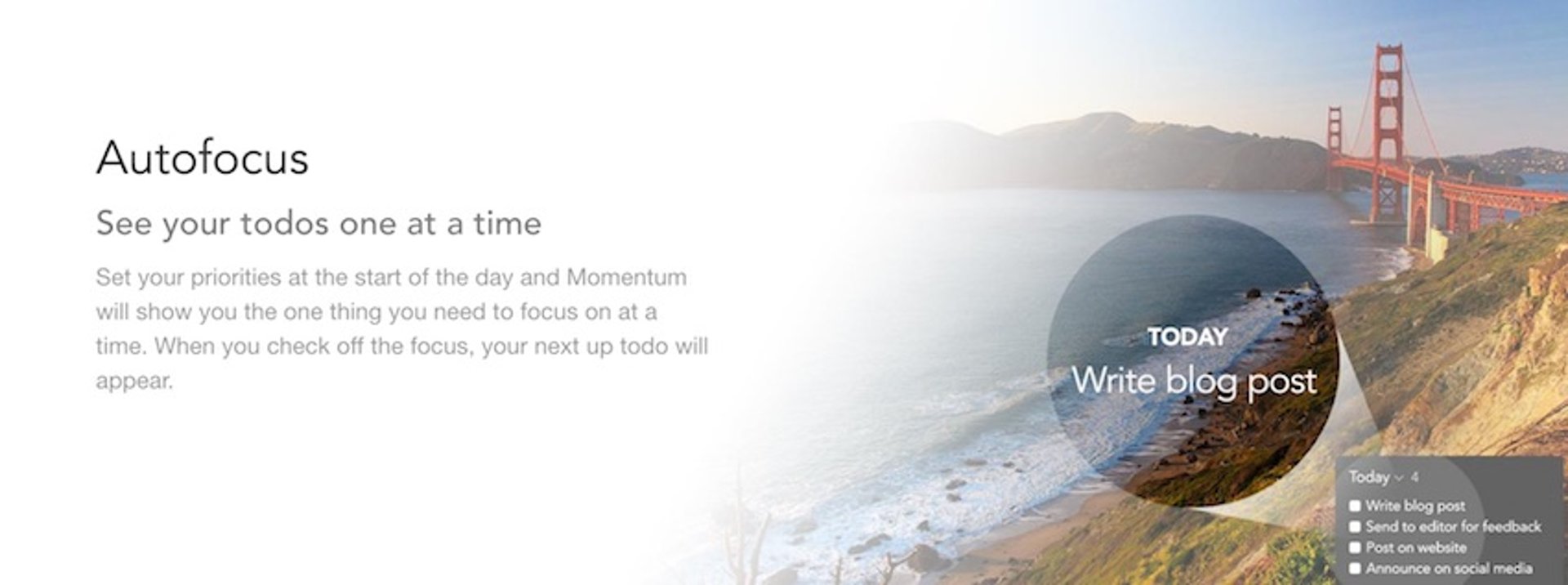
Momentum is like Panda's Focus Mode in that it's all about what your new tab displays. What I especially like about this is "Autofocus," which keeps your to-do list in the right-hand corner.
Quitter
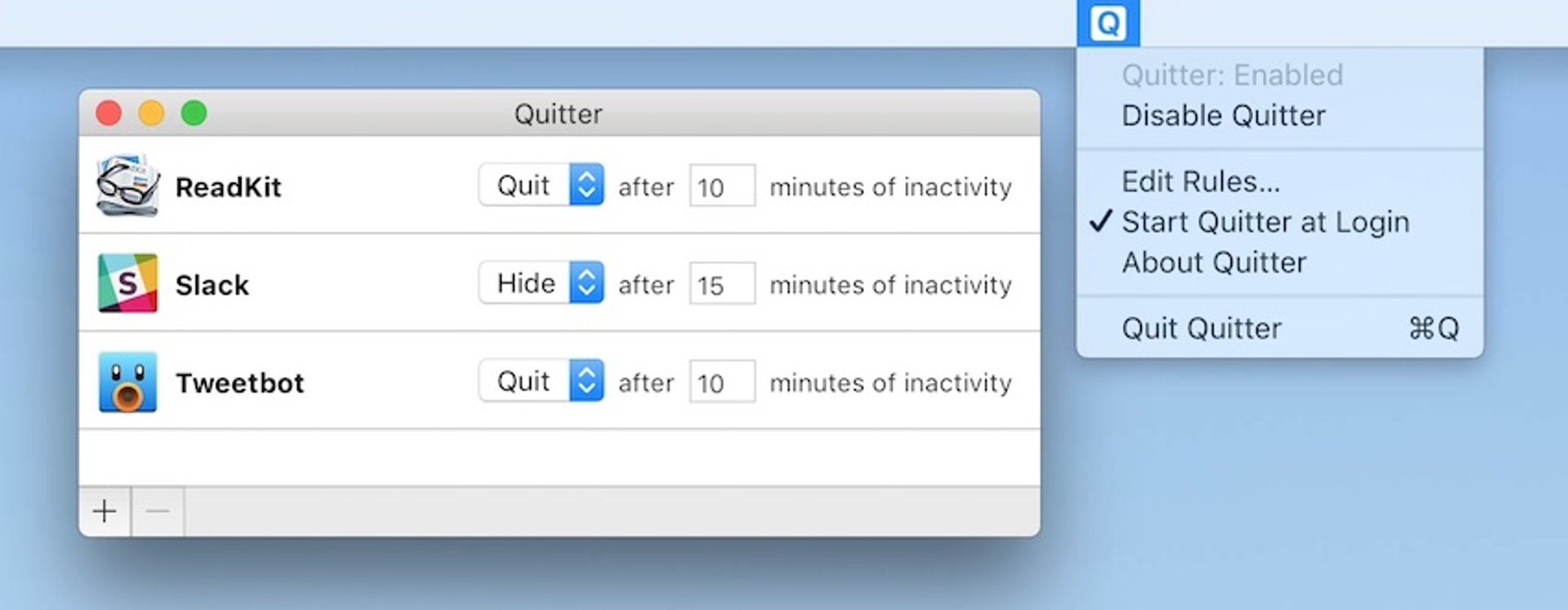
Quitter automatically hides or quits apps after periods of inactivity. If, like me, you always have Slack and multiple tabs open, you may find that Quitter significantly helps minimize your distractions.
Final thoughts on personal KPIs
As mentioned earlier, we all want to be our best selves and add as much value to our lives as we possibly can. Improving anything starts with one simple step: tracking the right metrics. You can’t fix what you can’t measure right? As with all KPIs, it's important to take that initial time to really understand what you want to measure, and why. This is why working through SMART is so critical.
With that foundation you'll be able to choose which resources can best help nudge you toward those guideposts.
Need some personal KPI ideas to start off? KPIs you could consider include:
- Daily resting heart rate
- Daily weight and body fat
- Number of hours slept
- Number of miles or kilometres ran
- Number of minutes spent meditating
- Weekly productivity level
Lastly, to deepen your knowledge on KPIs be sure to check out our What is a KPI? page. If you’re already a pro, why not turn those KPIs into data visualizations?
Related Articles

Klipfolio Partner How-To #1: Duplicating dashboards across client accounts
By Stef Reid — November 27th, 2025
Klipfolio Partner How-To #2: Company Properties can simplify client set-up
By Stef Reid — November 26th, 2025
17 KPIs Every Data-Driven Manager Needs to Lead Their Team
By Danielle Poleski — October 14th, 2025